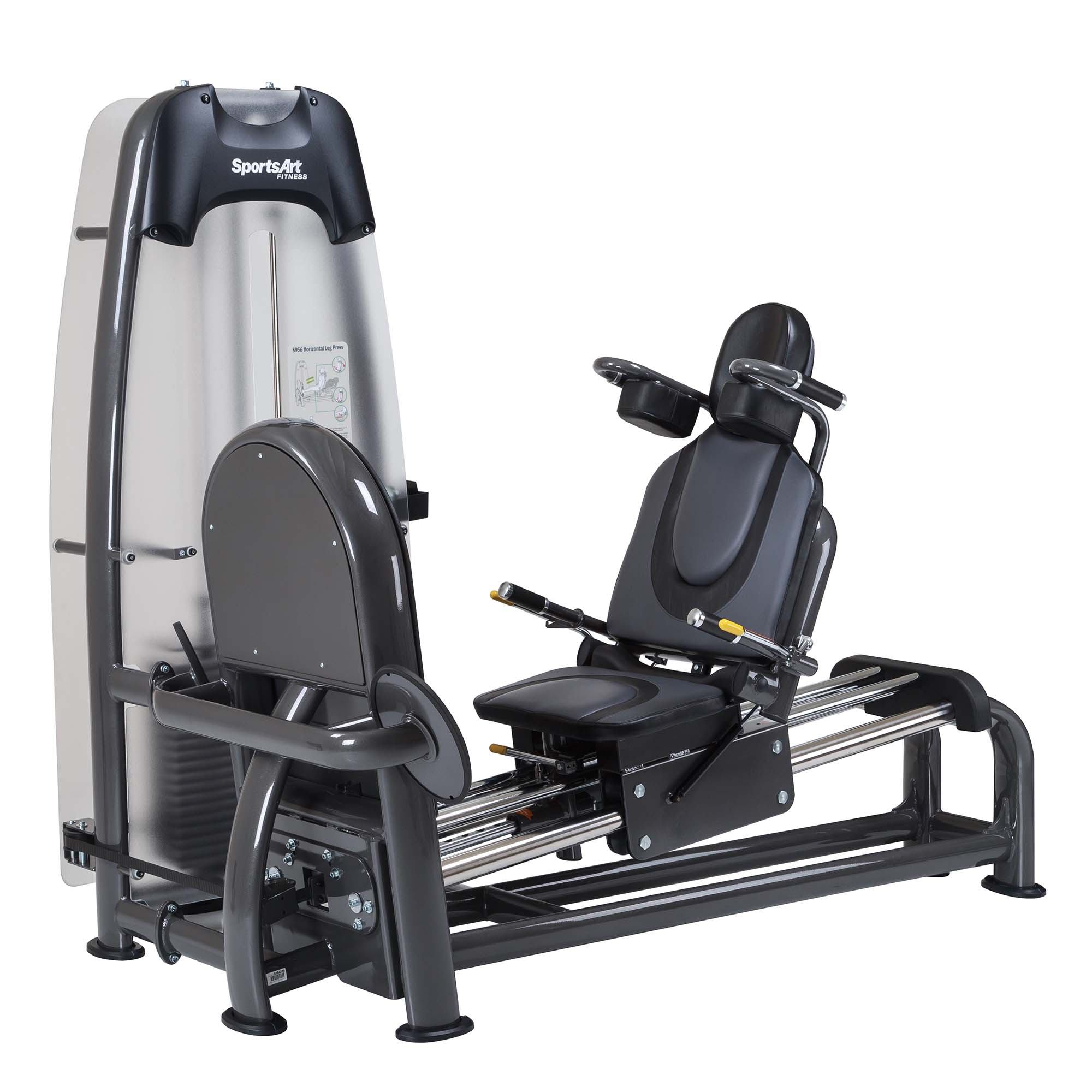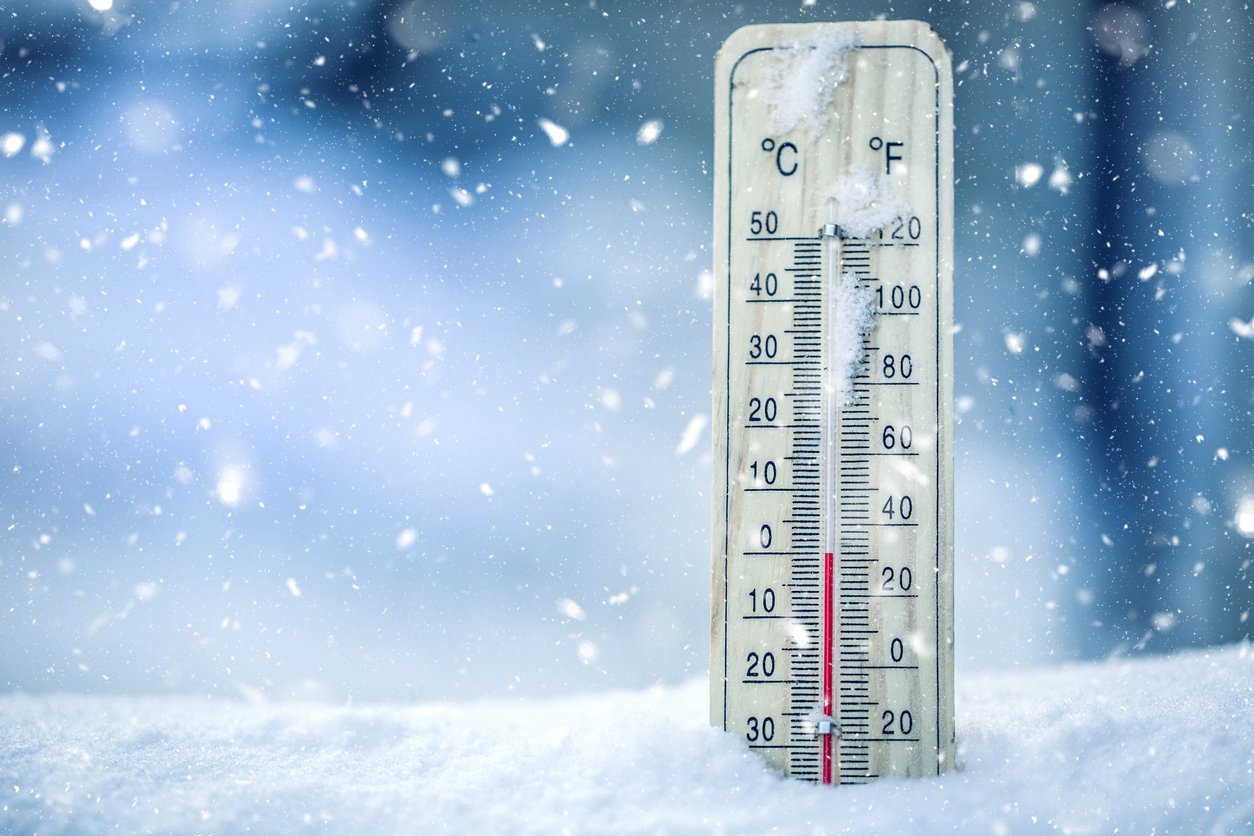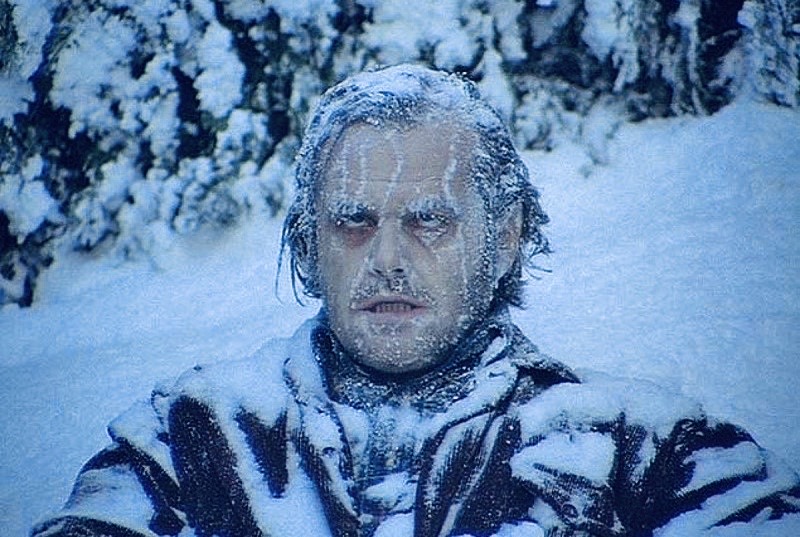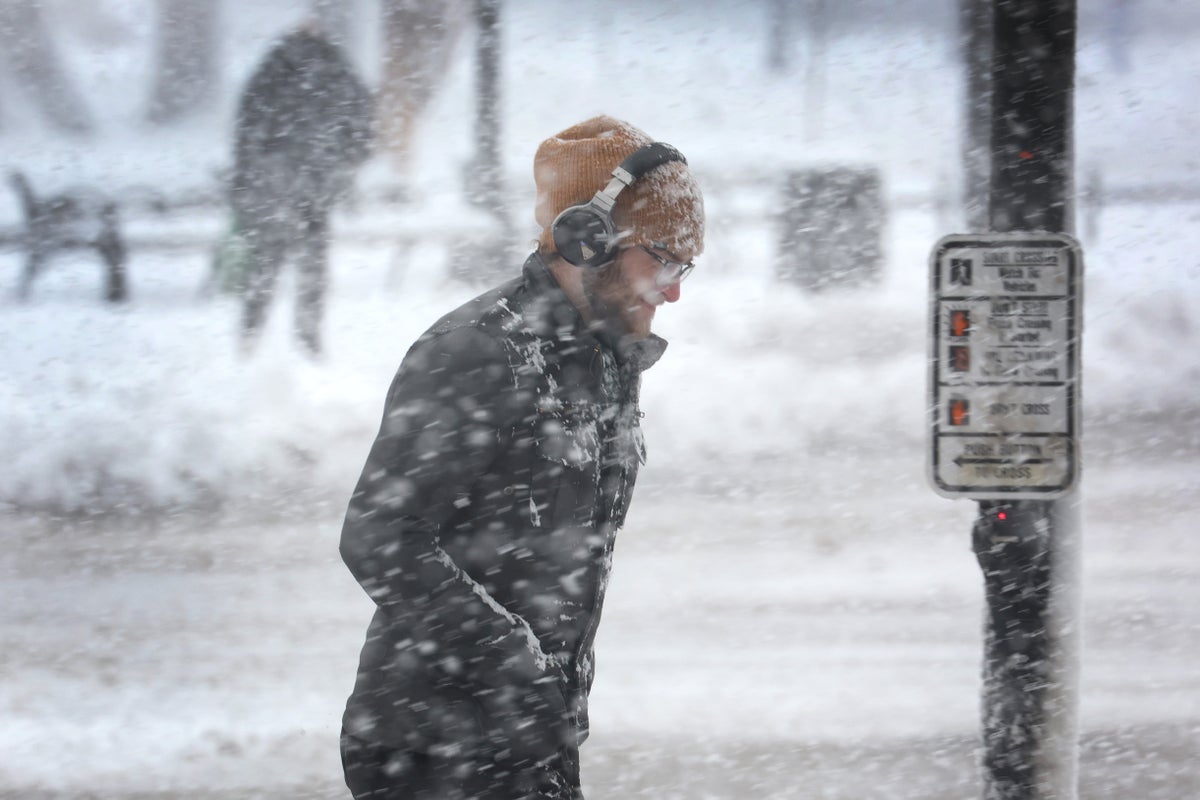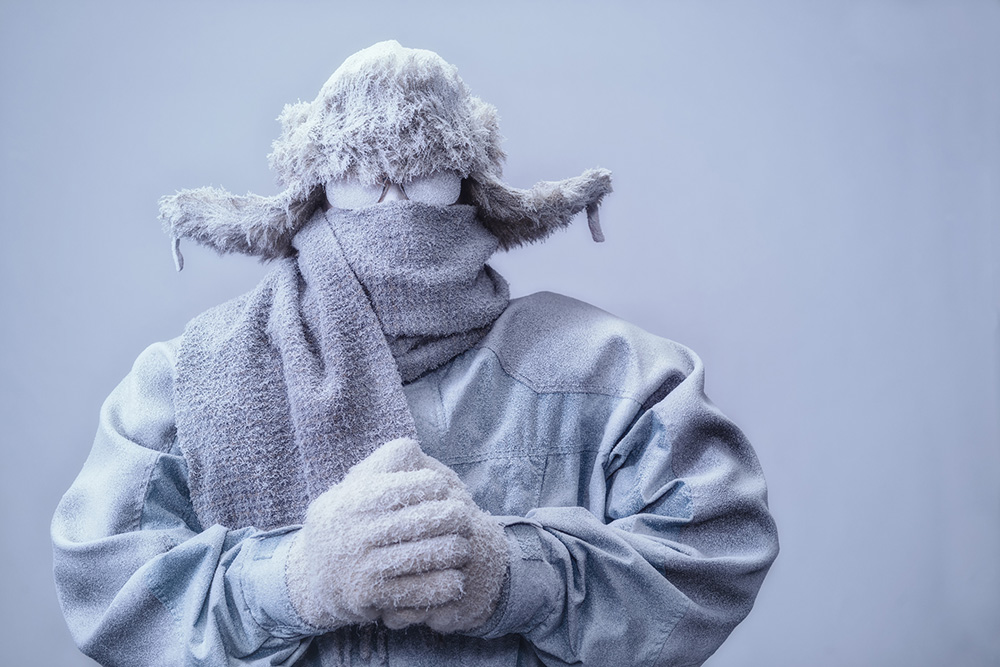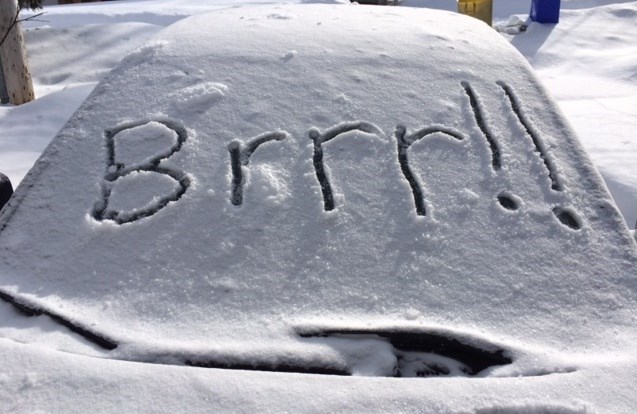Extreme Cold Conditions: Hypothermia and Frostbite — Mountainside Medical Equipment

We may be close to the end of winter, but you can't count on the weather to be predictable. As we've seen recently, extremely cold temperatures can occur even this far into the season. Even mild temperatures in the right conditions can cause dangers, but the kind of extreme cold witnessed lately is a reminder of how th
We may be close to the end of winter, but you can't count on the weather to be predictable. As we've seen recently, extremely cold temperatures can occur even this far into the season. Even mild temperatures in the right conditions can cause dangers, but the kind of extreme cold witnessed lately is a reminder of how th
Medical Supplies and Medical Equipment Store. Family owned and operated. Father, Son & Daughter. Establiesh in 2002. We are a Service-Disabled Veteran-Owned Small Business (SDVOSB).
We may be close to the end of winter, but you can't count on the weather to be predictable. As we've seen recently, extremely cold temperatures can occur even this far into the season. Even mild temperatures in the right conditions can cause dangers, but the kind of extreme cold witnessed lately is a reminder of how threatening weather can be. It helps to understand how the cold weather affects your body, and how to avoid and treat common conditions that inclement weather can bring about. Frostbite Frostbite is a condition that causes damage
Mountainside Medical is a leading distributor of medical supplies, equipment, and pharmaceuticals to healthcare providers. Fast Shipping and low prices everyday.
We may be close to the end of winter, but you can't count on the weather to be predictable. As we've seen recently, extremely cold temperatures can occur even this far into the season. Even mild temperatures in the right conditions can cause dangers, but the kind of extreme cold witnessed lately is a reminder of how threatening weather can be. It helps to understand how the cold weather affects your body, and how to avoid and treat common conditions that inclement weather can bring about.
Frostbite
Frostbite is a condition that causes damage to body parts that have been exposed to cold for too long a period. This is typically treatable, but more serious cases can result in permanent tissue damage. It's most common in the extremities: fingers, toes, ears and noses. When your body loses heat, your blood vessels constrict, diverting blood flow away from extremities and toward your core in order to maintain its temperature. This lack of blood flow can damage the skin.
The rate at which frostbite can set in varies by temperature and weather condition. Higher altitudes as well as wind can increase your risk. When windchill temperatures decrease below zero degrees Fahrenheit, it can occur startlingly fast. The -40 to -50 degree temperatures that the Midwest saw recently can lead to frostbite in under 10 minutes!
Symptoms: Frostbite occurs in specific stages that have noticeable visual and sensory symptoms:
Stage One - Frostnip: Skin turns red and irritated. Cold feeling is followed by numbness.
Stage Two - Superficial or Second-Degree Frostbite: Skin pales, often to a yellowish, whitish, or bluish color, and may have a shiny or waxy appearance. Skin may have a hard or frozen feeling due to ice crystals forming within it. Skin may begin to feel hot, and swelling may occur, a sign that damage is happening to the outer layers of skin.
Stage Three - Deep or Third-Degree Frostbite: Skin may darken, turn blue, or have a splotchy look. As tissue dies, it will turn black. Numbness to cold or pain may occur, and muscles may not work properly.
Treating Frostbite: Treatments are based the severity of the condition. More advanced cases may require professional and even surgical intervention.
Stage One Treatment: Rewarm affected areas in warm, not hot, water for 15 to 30 minutes. Pain or tingling may occur that can be treated with an over-the-counter pain reliever.
Stage Two Treatment: This stage will likely require professional medical attention. Rewarming and pain relievers will be used, as above, and you may need an IV for re-hydration. The injured area will be wrapped after rewarming, and fluid-filled blisters may develop that may require draining or antibiotics. This stage may cause lasting numbness or pain, or increased cold sensitivity in the affected area.
Stage Three Treatment: This stage requires immediate medical attention. As above, it will involve rewarming, pain relievers, wrapping, and possibly IV re-hydration. A medication to break up blood clots may be given, as severe frostbite can cause them to form. After a period of assessing the damage, surgery may be required to remove dead tissue or extremities. This stage may cause lasting numbness or pain, or increased cold sensitivity in the affected area.
Hypothermia
Hypothermia is a condition resulting from an abnormally low body temperature, typically below 95 degrees Fahrenheit (average body temperature is around 98.6 degrees). This causes your heart, nervous system, and other organs to lose functionality and eventually shut down. When your body loses heat faster than it can produce it, hypothermia can set in, and this typically occurs during prolonged exposure to cold weather or cold water. This doesn't always occur in extreme cold! For very young or very old people, this can happen even in 60 degree homes.
90% of heat loss occurs through the skin, and windchill exacerbates this by removing the layer of warm air around the skin. Exposure to cold water is also potentially dangerous, as it can cool the body at a rate 25 times faster than air of the same temperature. Other risk factors tend to be more varied than frostbite:
Exhaustion: cold tolerance diminishes when fatigued.
Old age: temperature regulation and ability to sense cold diminish with age. Some older adults may not be able to move out of the cold or communicate cold.
Very young age: children lose heat faster than adults, and may not have proper judgment about cold weather conditions. Some children may not be able to move out of the cold or communicate cold.
Poverty: lack of shelter or inadequate clothing or home heating can lead to hypothermia.
Alcohol and drug use: can cause impaired judgment and reduced ability to sense cold, as well as unconsciousness in cold conditions. Alcohol causes blood vessues to constrict, which leads to more rapid heat loss.
Mental disorders: conditions like dementia can lead to impaired judgment about cold weather.
Medications: some medications impair the body's ability to regulate temperature.
Symptoms: Hypothermia symptoms can set in gradually, which can make them hard to spot, especially in cases of impaired judgment. The most obvious one is shivering, part of the body's attempt to control its temperature. Others include:
Slow, shallow breathing.
Weak pulse.
Drowsiness or lack of energy.
Slurred speech or mumbling.
Clumsiness or impaired coordination.
Confusion or memory loss.
Loss of consciousness.
(In infants) Bright red, cold skin.
Hypothermia is diagnosed by body heat. Although temperatures may differ by individual, basic guidelines are:
Mild Hypothermia: 89-95 degrees Fahrenheit.
Moderate Hypothermia: 82-89 degrees Fahrenheit.
Severe Hypothermia: below 82 degrees Fahrenheit.
Although impaired judgment can lead to hypothermia, it can also stem from it: brain activity slows as a result of heat loss.
Complications can include frostbite, or in more severe cases gangrene, a loss of blood flow that results in dead tissue.
Treating Hypothermia: Hypothermia is a medical emergency and warrants emergency response. But while waiting for medical professionals, there are steps you can take:
Move carefully to a warm, dry area.
Replace cold or wet clothing with warm, dry clothing.
Rewarm with extra clothing, blankets, or even heating pads and hot packs. Make sure to avoid burning the skin.
Take the patient's temperature.
Offer warm liquids without alcohol or caffeine.
Cardiopulmonary resuscitation (CPR) if breathing isn't evident or if there is a weak or low pulse.
Prevention
There's no need to treat frostbite or hypothermia if you make sure to protect yourself and your loved ones. The acronym COLD is a great place to start!
Cover: Avoid exposed skin. Wear gloves or mittens, a hat or other protective head coverings, scarves, and masks.
Overexertion: Be careful of activities that cause you to sweat, which can make you lose body heat more rapidly. Take breaks, preferably in a warm, dry setting.
Layers: Trap heat with loose-fitting, layered, lightweight clothing. Three layers is often a good guideline. Outer clothing should be made of tightly-woven, water-resistant material for wind protection. Inner layers should be made of material like wool, silk, and polypropylene.
Dry: Stay as dry as possible and change wet clothing as soon as possible. Watch out for snow getting into your clothes, especially boots and gloves!
These are great basic guidelines, but specific situations or people may need more attention. As we discussed above, very young or very old people, people on certain medications, or people with impaired judgment require more protection. Make sure children playing outside come in frequently, and that children and infants dress in at least one more layer than an adult would in the same weather!
Older people or people with few resources may need extra attention as well. If you're concerned for a vulnerable person, contact your local public health office. They can provide services such as heating bill assistance, check-in services, homeless shelters, or community warming centers.
Take extra precautions when driving! Accidents or car troubles in cold weather can lead to the right conditions for hypothermia. Even though we're all carrying our phones with us, it helps to make sure someone knows where you're going and when you'll arrive. And you should always have emergency supplies in the event you're stranded, including blankets, a first-aid kit, matches, candles, water, dry or canned food, a can opener, a tow rope, booster cables, and a bag of sand or kitty litter for traction in the snow.
Please consult with your doctor or other qualified health care professional before taking any medication, supplement, or beginning any health regimen.

Extreme Cold Conditions: Hypothermia and Frostbite — Mountainside

Extreme Cold Conditions: Hypothermia and Frostbite — Mountainside

Extreme Cold Conditions: Hypothermia and Frostbite

Extreme Cold Conditions: Hypothermia and Frostbite — Mountainside

Extreme Cold Conditions: Hypothermia and Frostbite — Mountainside

Extreme Cold Conditions: Hypothermia and Frostbite — Mountainside



